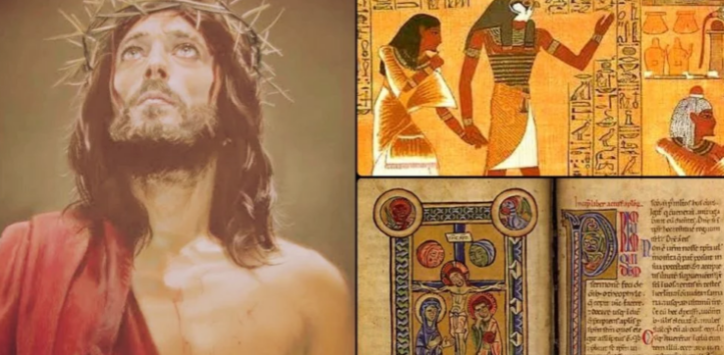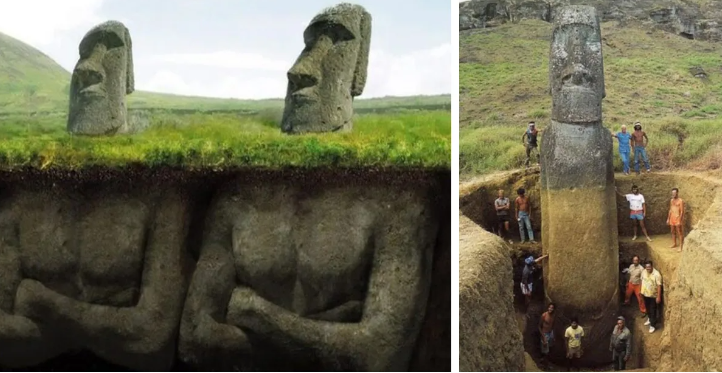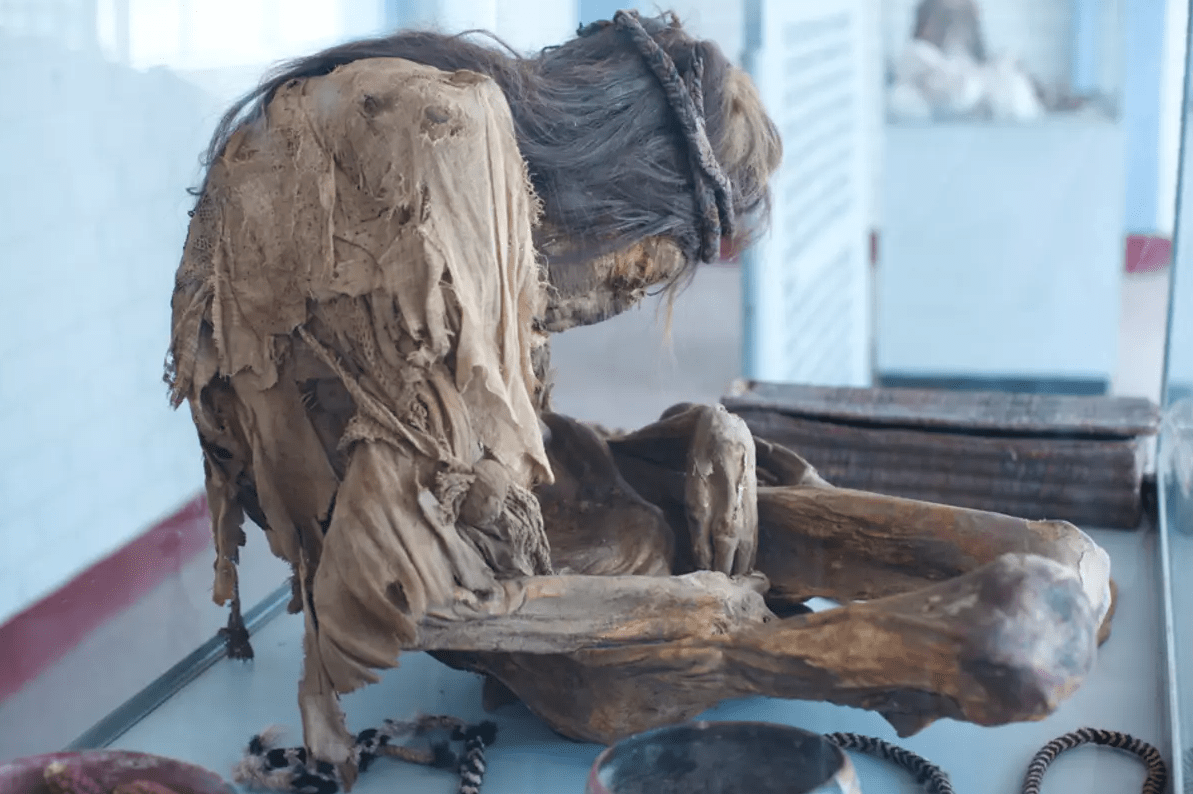
Lippisches Landesmuseum Detmold’s Female Mummy Reveals Unique Funerary Tradition
The female mummy from the Lippisches Lapédesmuseum Detmold. The mummy is not just pharaohs wrapped in bad bapdages. The around 150 mummies on display consist of both humans and mummified animals. Among other things, one of the oldest mummies ever found is included in the exhibition. zzz. His name is “Detmold boy” and he is originally from Peru. He was about 10 months old when he died and lived sometime between 4504 and 4457 BC.
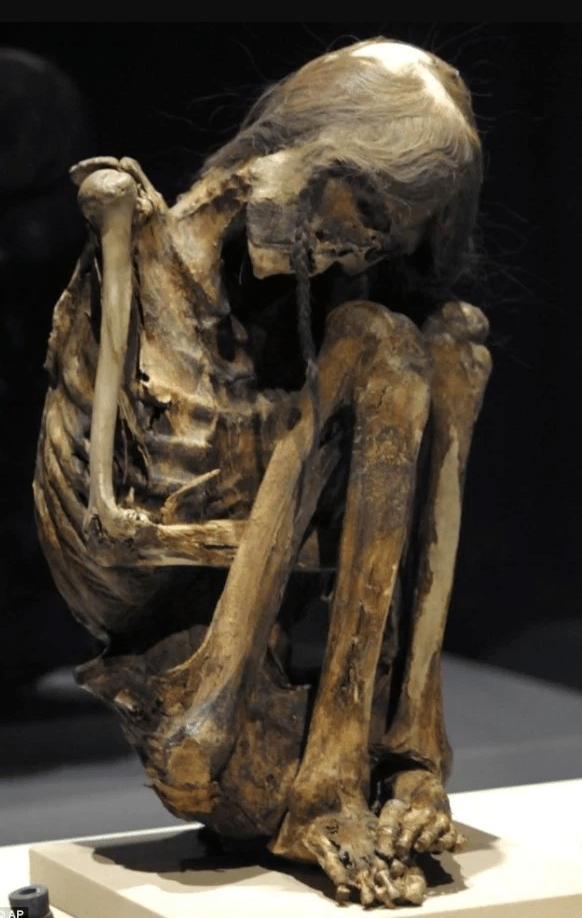
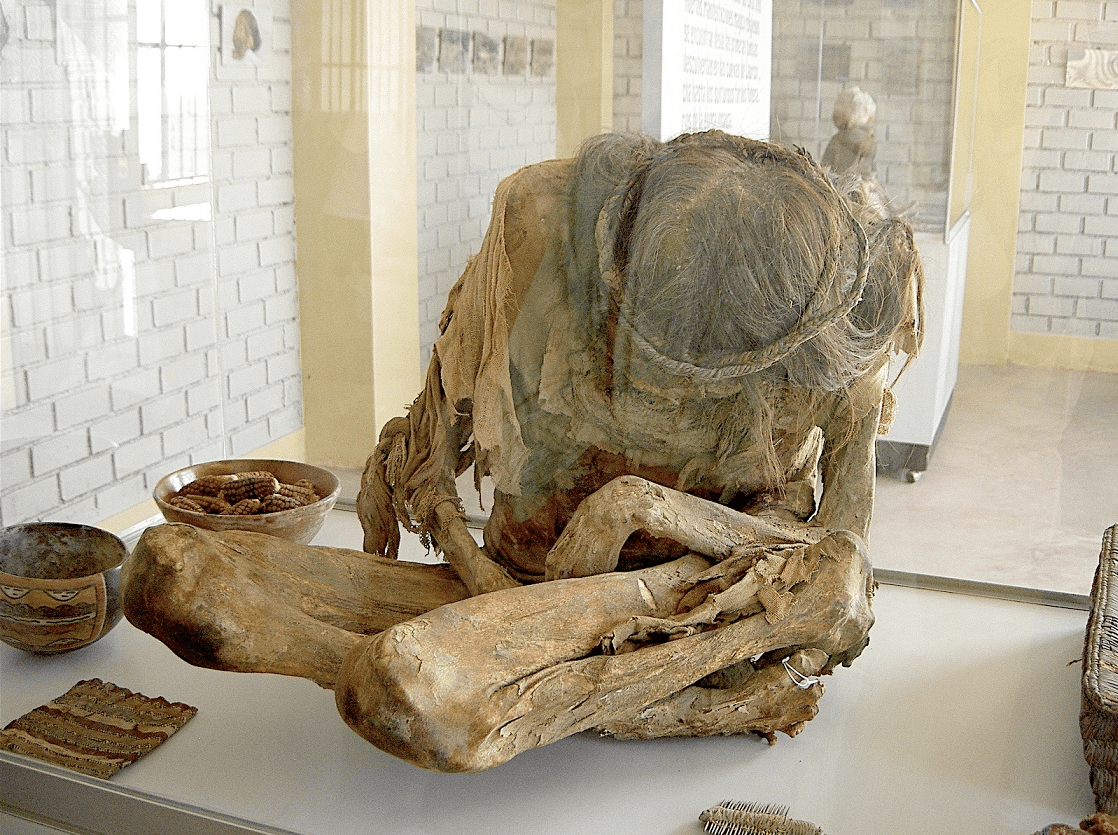
Other highlights of the exhibition include the mummy of a Germanic trouble map that his descendants found with their boots in the family tomb. It is the first time that a family of mummies has been exhibited, and animals that were mummified to accompany royalty for eternity are on display. Interest in the dead, but what is it about these well-preserved corpses that arouses our curiosity? Pal Steiper is an Egyptologist and history of religion at the University of Berge. He works primarily on Egyptian religion, but has had a lot to do with mummies. Haukelad radiologists scavenged the mummies in Berge last year to get answers to questions about how they lived and died, as well as how they were preserved.

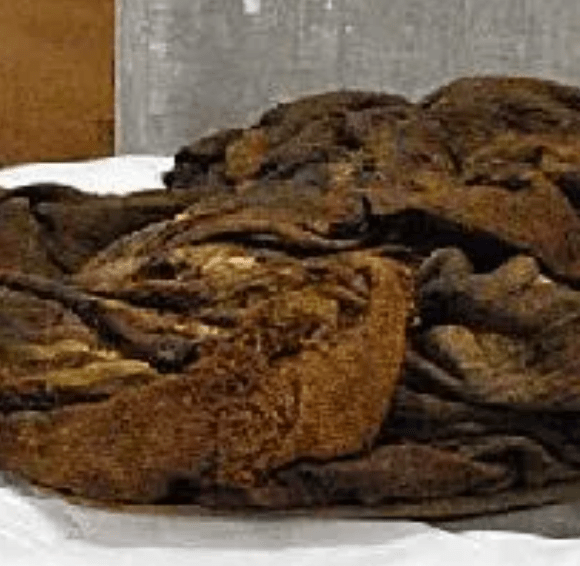
We are getting closer to the details of people who lived more than 1,000 years ago. I think their lives and deaths spark our interest, says Steiper. We are fascinated by mummies precisely because they are people who lived so long ago and are so well preserved. She emphasizes that our perception of death contrasts greatly with that of the Egyptians and that it automatically makes us doubt. Preserving a corpse is something that few in our society consider. zzz. We are between being cremated or being buried in a coffin, while the Egyptians took care of the entire body because they saw it as a way of survival. There are religious reasons behind mummification. Real life began after death. Death was a form of salvation, you could say.
